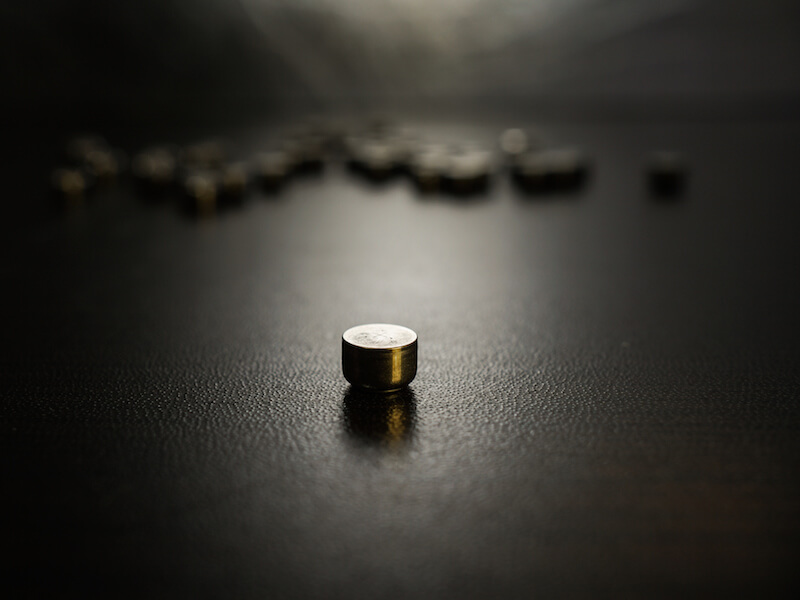
From cameras to phones to music players, how we power our electronics has progressed. A powerful, rechargeable hearing aid battery is finally living up to the hopes of hearing aid manufactures to replace the antiquated disposable power sources of the past.
Disposable hearing aid batteries have historically been the power source of choice amongst manufacturers, with size 312 batteries being one of the more prevalent battery types. Nowadays, the most prominent version of these batteries is generally known as a “zinc-air” battery.
The Drawback to Disposable Hearing Aid Batteries
As the name would imply, a zinc-air battery is impacted by the presence of air. Regarding the 312 batteries used in many hearing aids, the user is required to pull a little tab off the back of the battery before it is activated and operational.
They will start draining power as soon as they are completely oxygenated. So the power is draining even if the user isn’t actively using it.
The biggest downside to disposable batteries, for the majority of users, is how short they last. With 312 batteries, the user could be changing the batteries in their hearing aids about 120 times each year because they die in 3 to 12 days according to some reports.
That also means users may need to purchase 120 batteries, spend the time twice every week to change them, and correctly dispose of each. That’s most likely over $100 in batteries from a cost outlook alone.
Rechargeable battery Improvements
Luckily, for hearing aid users in search of another alternative, there have been profound advancements to rechargeable hearing aids that now make them a practical solution.
Studies have shown that most people overwhelmingly prefer to use rechargeable hearing aids. In the past, these models were not practical because they didn’t hold a charge long enough. However, recent advancements now enable a full day of use per charge.
Users won’t see substantial cost savings by changing to rechargeable batteries, but where they will see a demonstrated improvement is in quality of life.
These new models give less frustration on top of keeping a 24 hour charge because the user doesn’t deal with the burden of continuously swapping out the batteries. They simply need to place the battery on the charger.
When a disposable battery gets near the end of its life it won’t run your hearing aid at full power. And you can’t tell how close the battery is to failing. Because of this, users chance putting themselves in a situation where their battery might die at a crucial time. A dead battery will not only cause a safety hazard, it could cause the user to miss out on important life moments.
Types of Rechargeable Hearing Aid Batteries
Rechargeable batteries come in a number of different materials, each providing unique advantages. The ability to hold a charge for 24 hours is one reason why integrated lithium-ion batteries are one worthwhile option that manufacturers supply. You may be surprised to know that this same kind of technology is what charges and powers your smart-phone.
Silver-zinc technology is another material used for modern rechargeable hearing aids. Originally, these innovative batteries were developed for Nasa’s moon missions. You can even use this technology to upgrade and retrofit the existing hearing aids you’re comfortable with by changing the device to rechargeable power. These batteries, similar to lithium-ion, will also last all day before needing to be recharged.
There are also models that allow you to recharge the hearing aid without taking out the battery. For these, users will place the entire hearing aid on a charging station when they sleep or at another time when the hearing aid isn’t in use.
Whichever solution you decide on, rechargeable batteries will be substantially better than disposable batteries. You just need to do some research to determine which option is ideal for your needs.
Check out our hearing aid section if you’re looking for more information about what battery would be best for you or any other info about hearing aids.